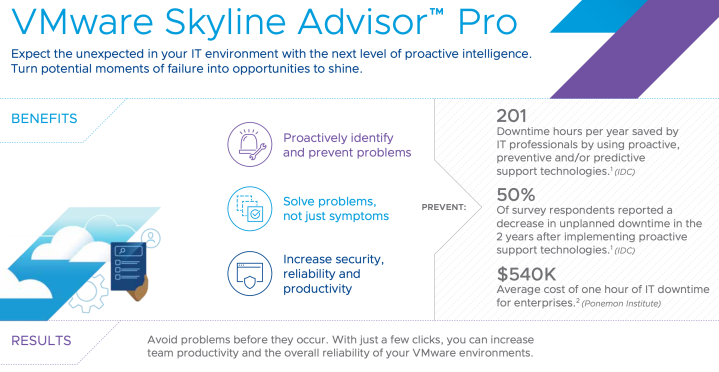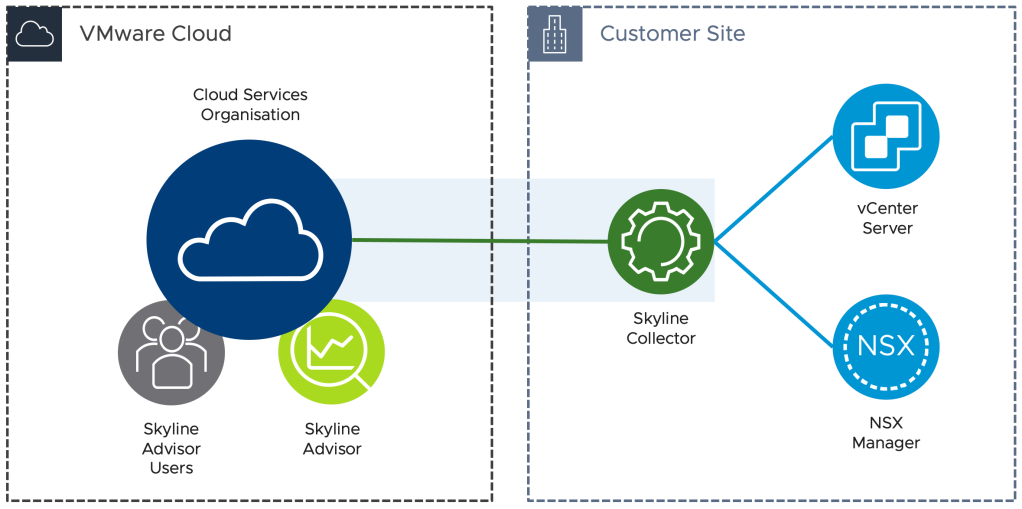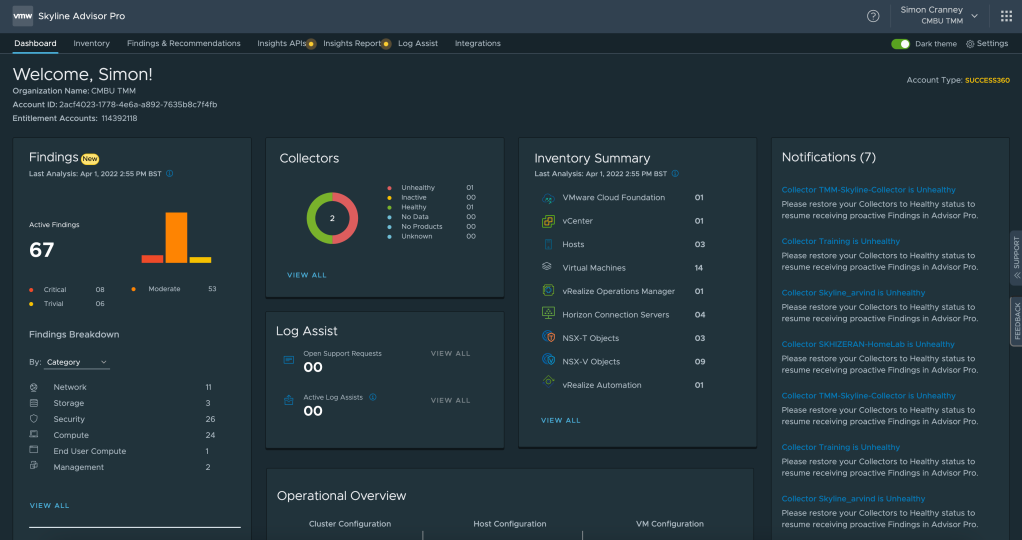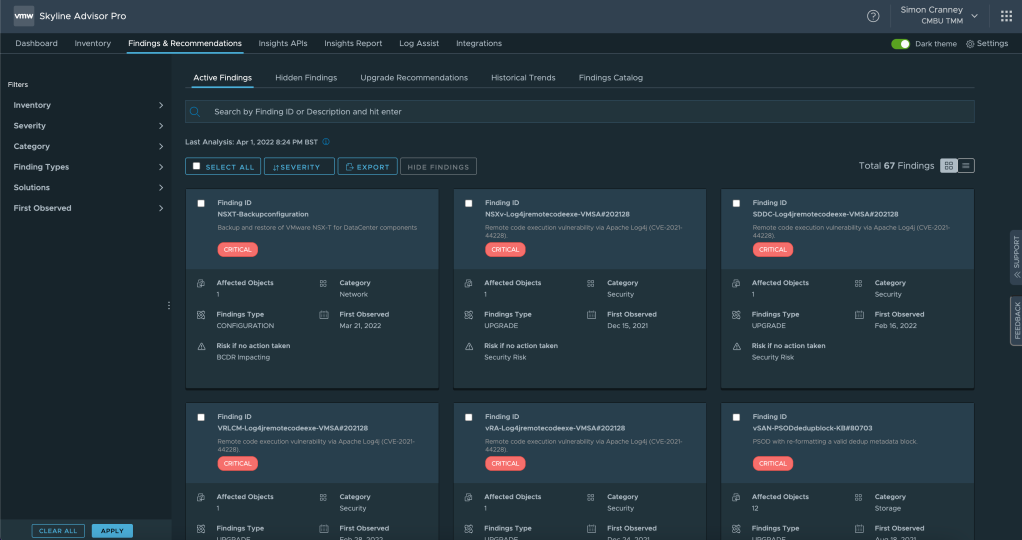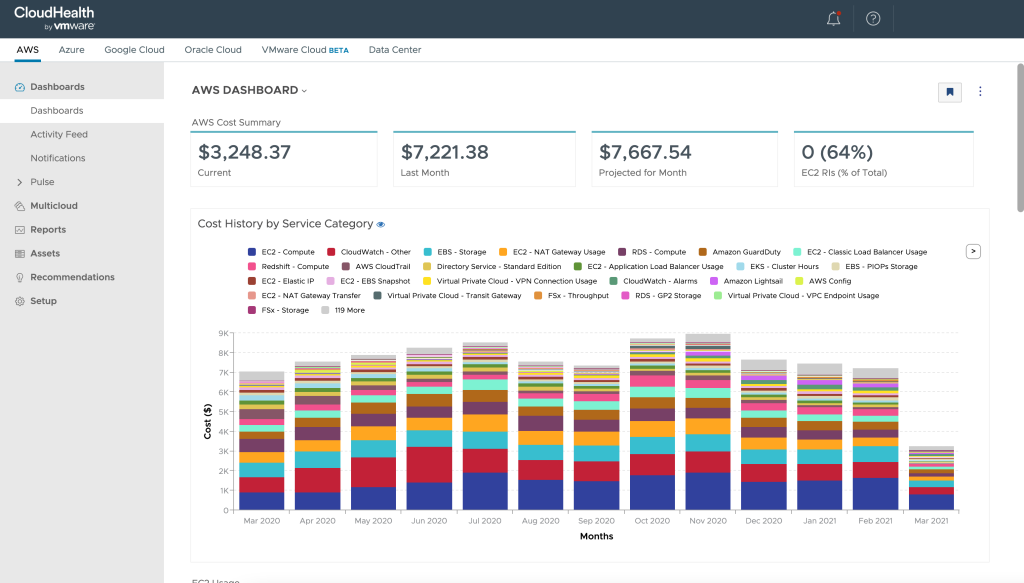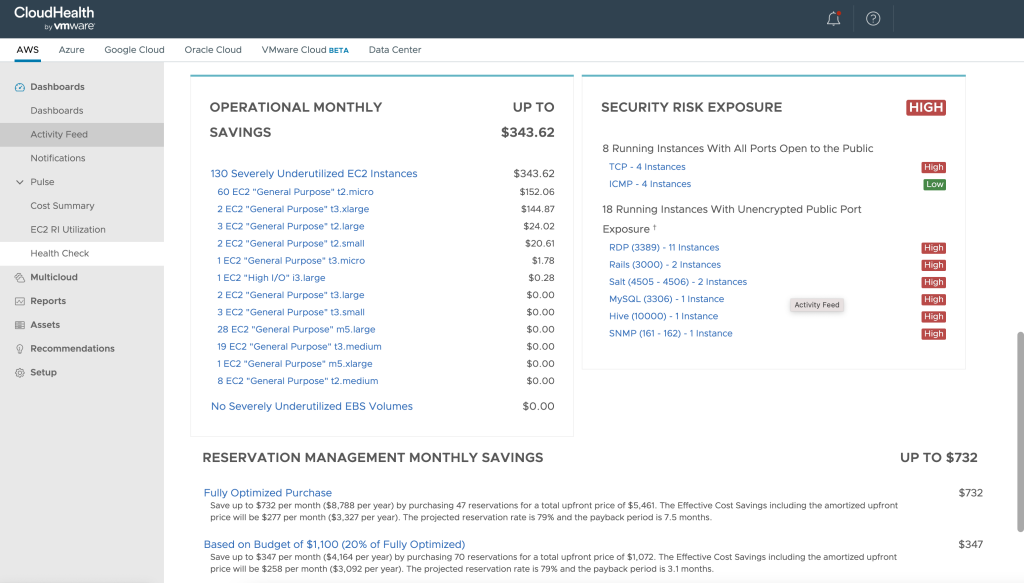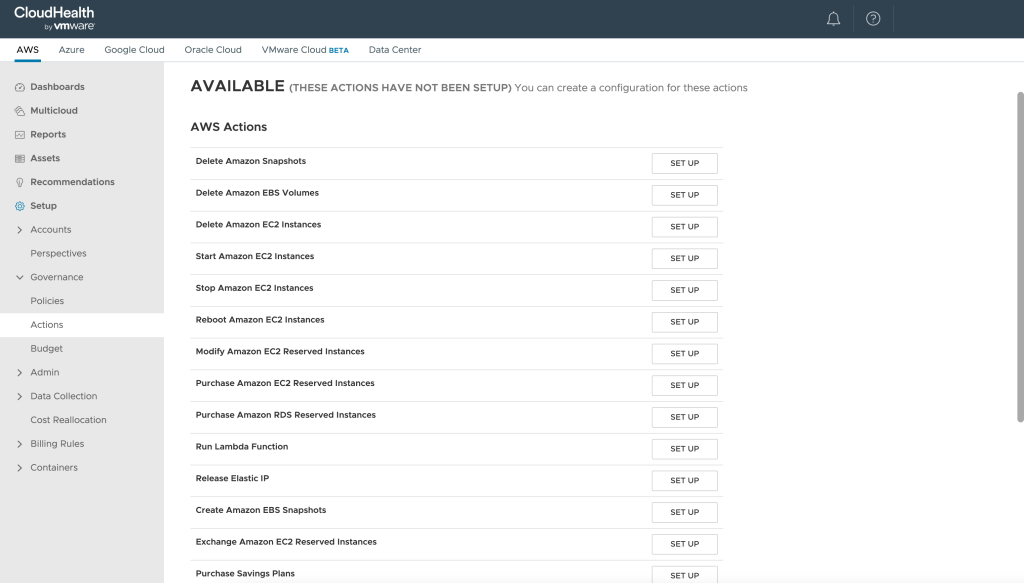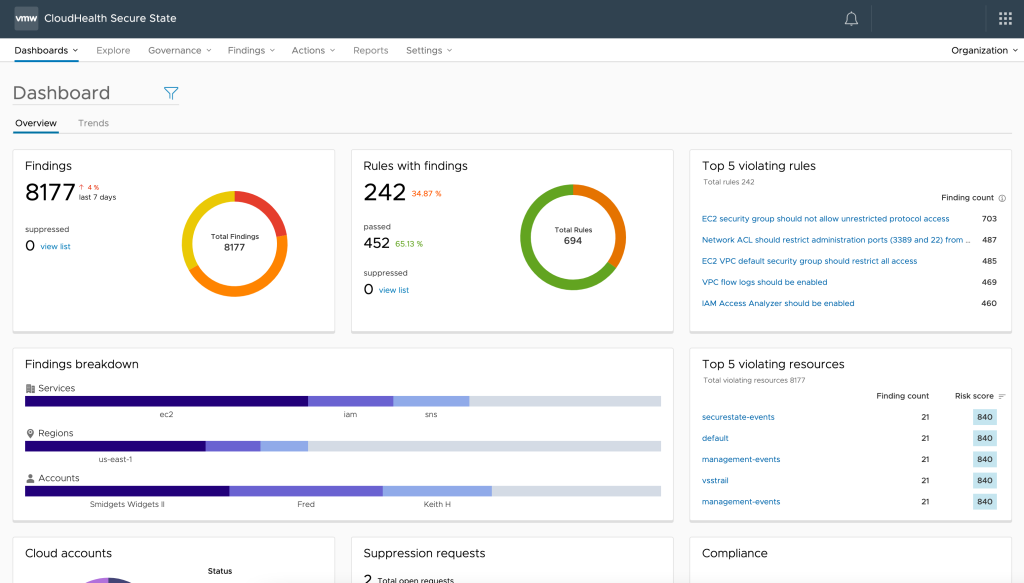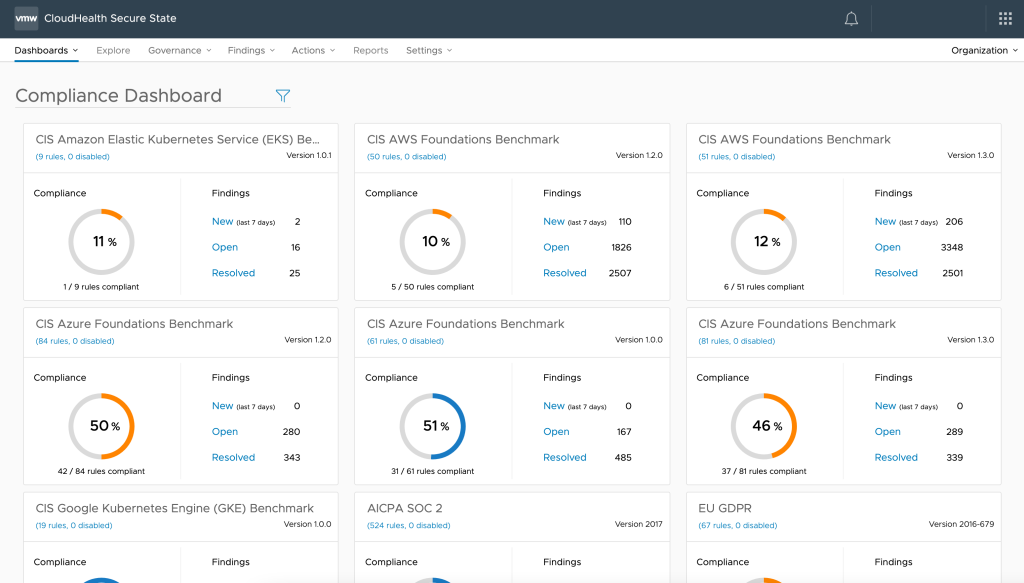The VMware Multi-Cloud Briefing is an online quarterly series, in its fifth iteration, that brings vision, technology, and customer stories to the table. The briefing series has evolved through cloud platform, operations, and application development since its introduction in the summer of 2020. Both cloud technology and cloud adoption is advancing at a fast pace, and this April briefing provides an opportunity to see what’s new directly from VMware engineering, independent industry experts, and customers.
The latest session is opened with Joel Neeb, VP Execution and Transformation, VMware, and former F-15 pilot. Joel will talk through the history of aviation and the advancements in the cockpit, from having limited technology to running over 300 different instruments. With so many new features and capabilities, there comes a tipping point where it cannot be practically managed by a single operator, or it takes more time than it offers value. These instruments are now streamlined into a handful of features, displayed on screens instead of through switches and dials, with the computer systems surfacing what’s important to the operator at a given time.
We can learn from this approach, and apply similar models to be able to abstract and simplify multi-cloud complexity across different environments and locations. VMware Cross-Cloud Services can remove complexity, whilst enabling the agility of different cloud providers and the freedom to choose the right target environment for each application. Offering standardisation and consistency at the infrastructure layer allows scale and flexibility. Then, as requirements change and new use cases are uncovered, IT teams and developers can move quickly to accelerate overall business transformation.

The session continues with quick fire customer stories around streamlining operations with VMware technology, and a customer interview with S&P Global covering their approach to solving multi-cloud complexity. Later, we’ll also hear a partner perspective from DXC Technology, on how they work with customers to deliver multi-cloud outcomes, and what trends they are seeing across the market.
Next is a technology deep dive, starting out with examining how we’ve arrived at the complexity of running environments across public cloud, private cloud, and the edge. You can then expect to see:
- How easy it is to add a new VMware environment to a hyperscaler, using vRealize Automation. In this demo we’ll start with an on-premises hosted environment, and scale out by spinning up new environments in the cloud, with the same management tooling and policies.
- How to manage multiple cloud environments from a single tool, using vRealize Operations. In this demo we’ll look at a consistent way of managing and optimising resources, performance, capacity, and costs, with a unified troubleshooting interface.
- How to add Kubernetes clusters in different hyperscalers to a common management plane, using Tanzu Mission Control. In this demo we’ll see how you can standardise the management of Kubernetes services, which will likely compliment your existing virtual machine infrastructure. Furthermore, we’ll find out how Tanzu Service Mesh can secure the communication of micro-services between environments and across clouds. Tanazu Service Mesh is able to bring micro-services under the same security umbrella, and automate features like mutual TLS encryption across all services.
The final segment is an industry interview with IDC and VMware, talking about what it means for customers to standardise their infrastructure and cloud platforms. There are multiple layers of abstraction and standardisation, covering the likes of management, optimisation, and security. IDC will detail where you can start, and what they see as good first steps.
The April 2022 VMware Multi-Cloud Briefing, and associated launch blog, is now live and available on YouTube. The video is embedded below. You can watch the current and previous briefings on the VMware Multi-Cloud Briefing page, each video is between 30-40 minutes long.

